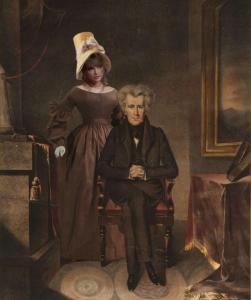On Sept. 13, at the International Manufacturing Technology Show, a truly incredible automotive accomplishment occurred; a car was created using a 3D printer.
Local Motors, a community driven manufacturing company where enthusiasts, hobbyist innovators and professionals can work together to create all sorts of incredible machines, printed a 3D car.
The car, called the Strati, was printed over a 44-hour period and then assembled by a team led by Local Motors. The Strati uses the material science and advanced manufacturing techniques developed by the U.S. Department of Energy, and it was printed using direct digital manufacturing.
The mechanical parts of the Strati, such as the motor and battery, were not 3D-printed but instead provided by other sources.
Forty-four hours is a long time to manufacture a car, compared to the 18 hours it usually takes to manufacture a commercially-made car. However, the Strati is the first of its kind and sets a precedent for what humans are capable of doing.
Inventor Charles Hull developed 3D-printing in 1984, but it has not come into the public eye until recently. Now that it has, it’s been generating a lot of buzz, both good and bad.
Skeptics have criticized 3D-printing for its reliance on environmentally harmful plastics, potentially toxic air emissions and excessive use of energy. On top of that, commercially available 3D-printing has created controversy concerning the ability to 3D-print working guns.
There is no doubting the potentially incredible benefits that 3D-printing is capable of producing for our society, though. It can allow for mass customization of consumer products, the creation of complex design that would otherwise be unable to be produced and can even be used to save lives with the use of 3D-bioprinting (scientists have been working on creating a 3D-printed human heart).
But for now we have the Strati, an incredible innovation in the world of both 3D-printing and automotive manufacturing.
Who’s to say what we will see 3D-printing do in the future? Maybe we’ll all be eating in restaurants that serve 3D-printed food.








